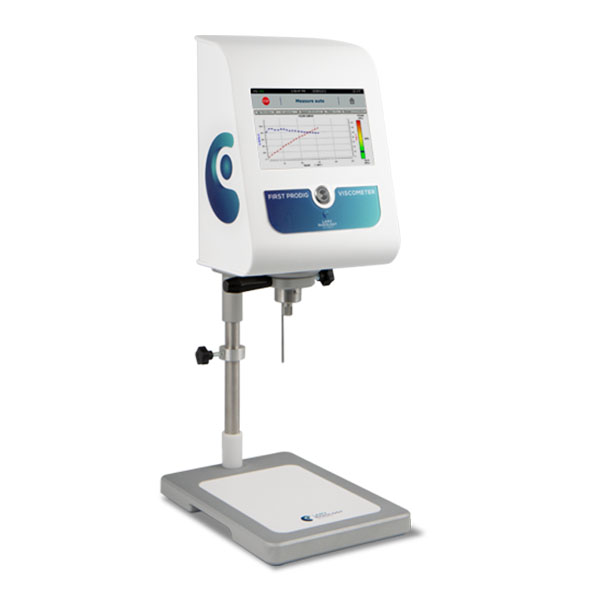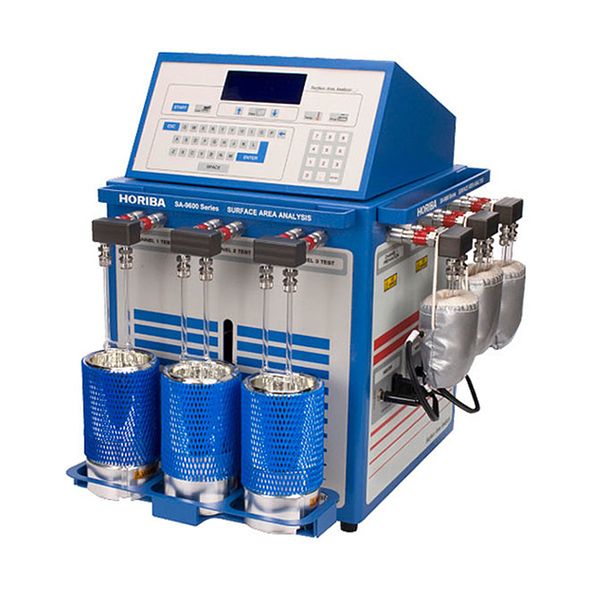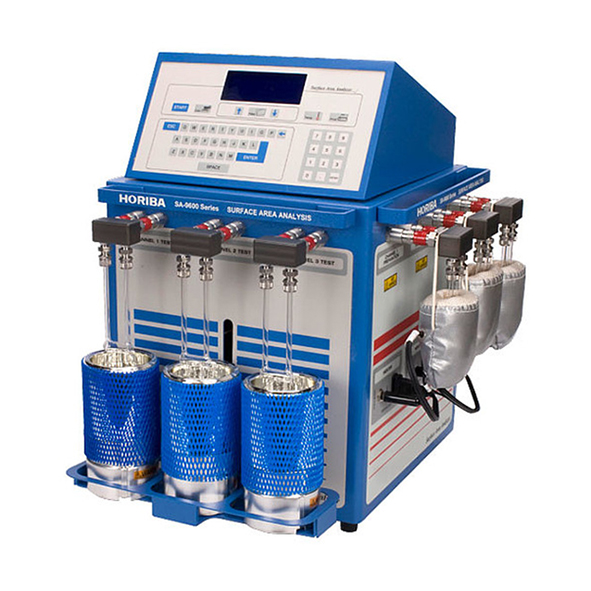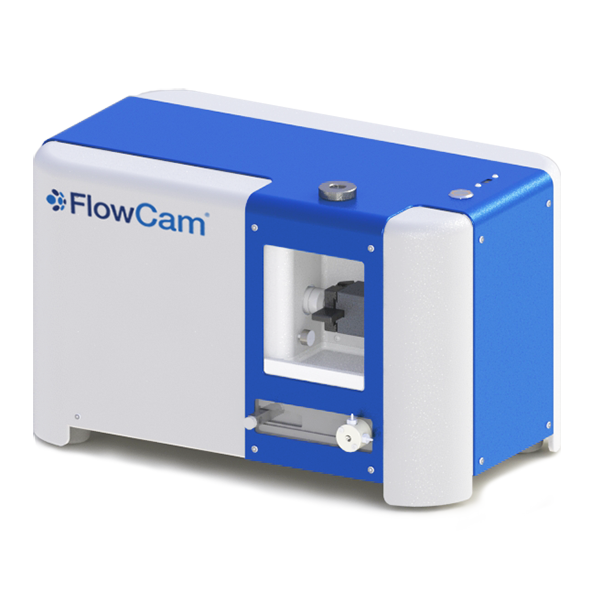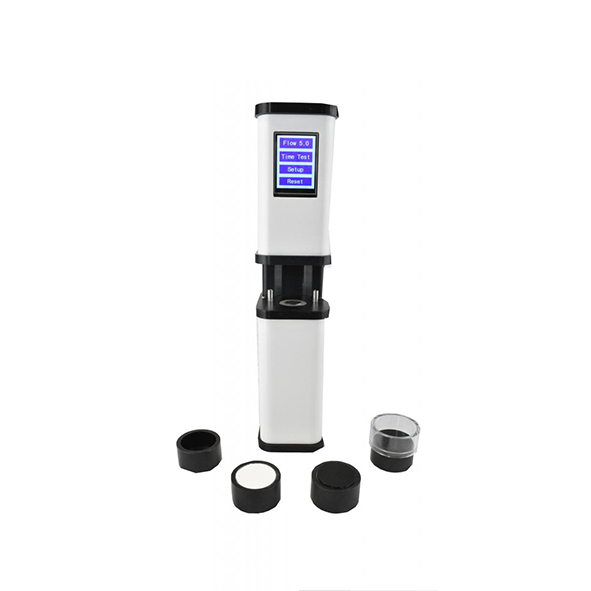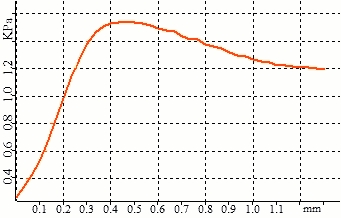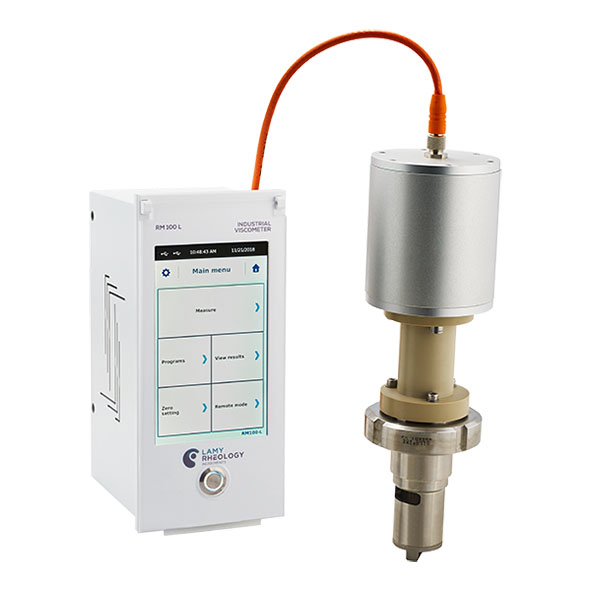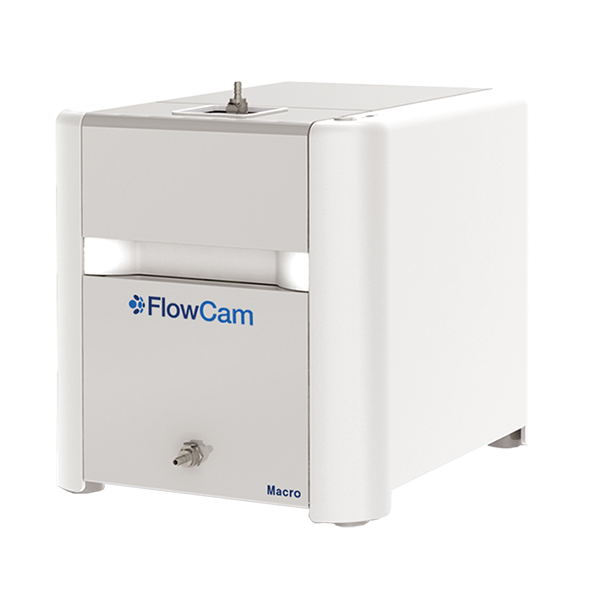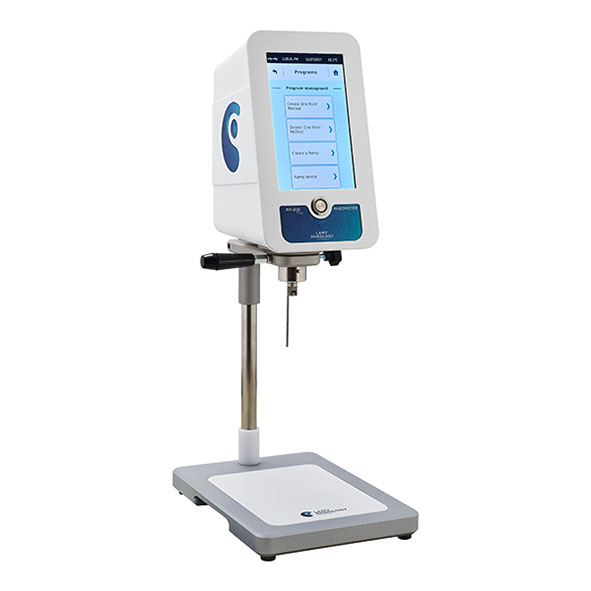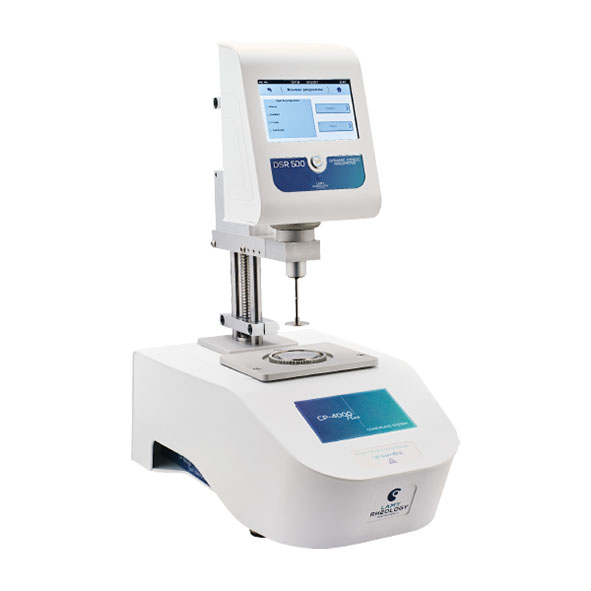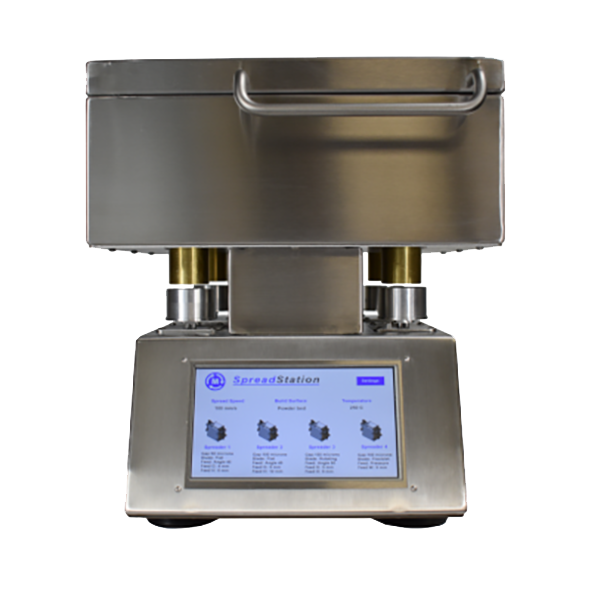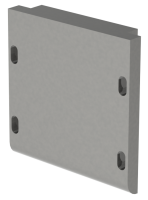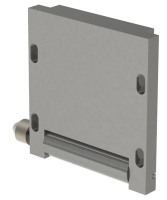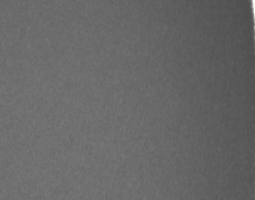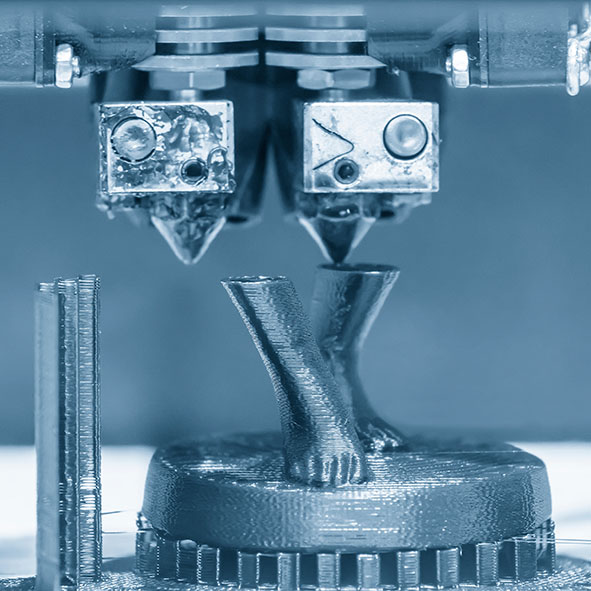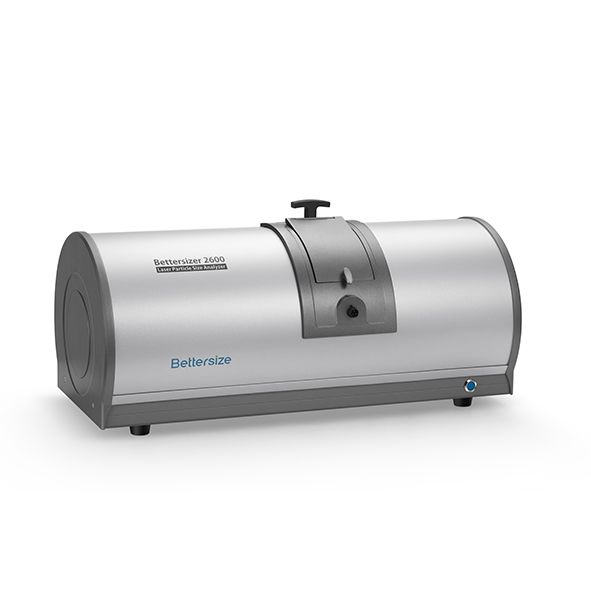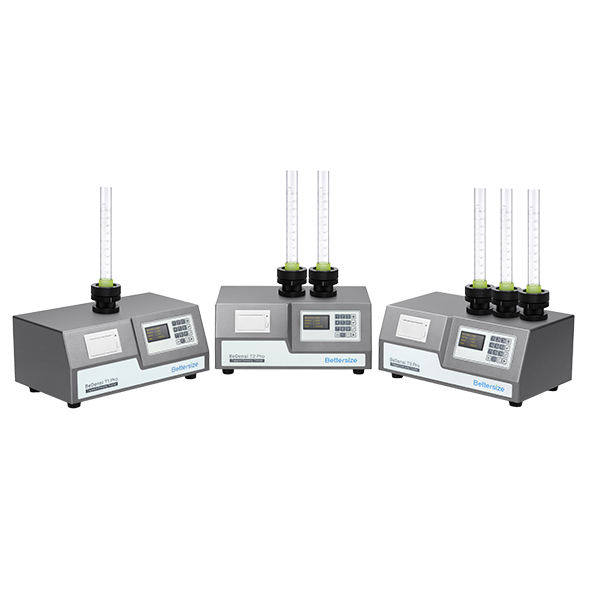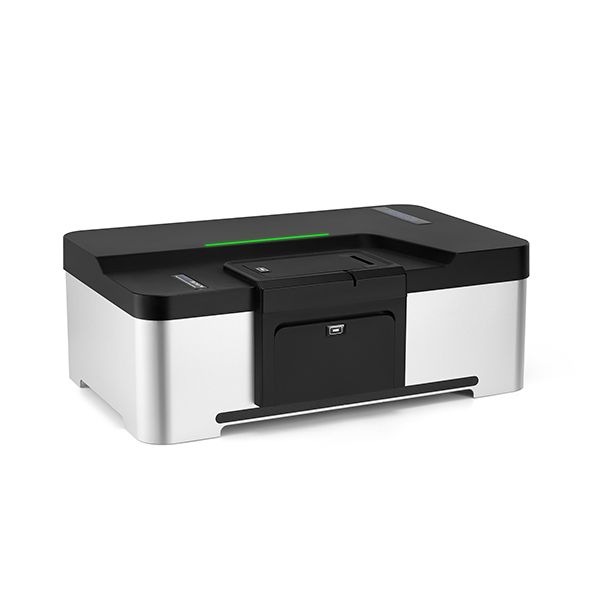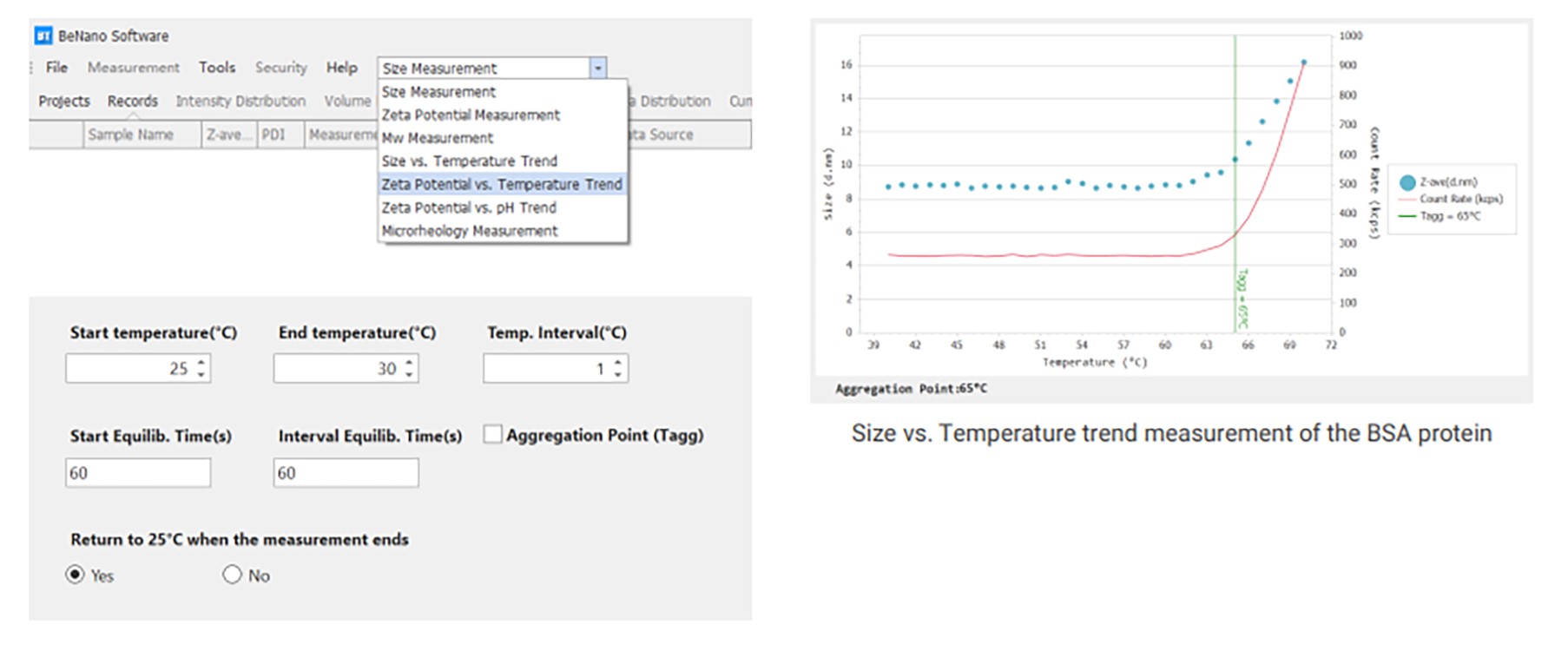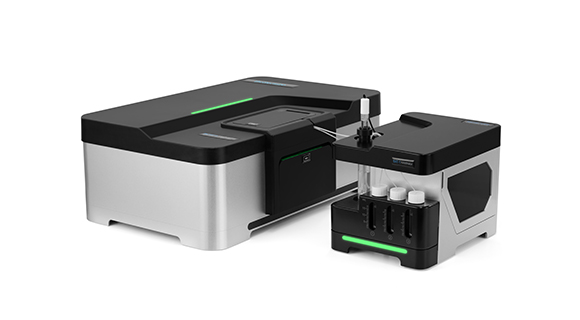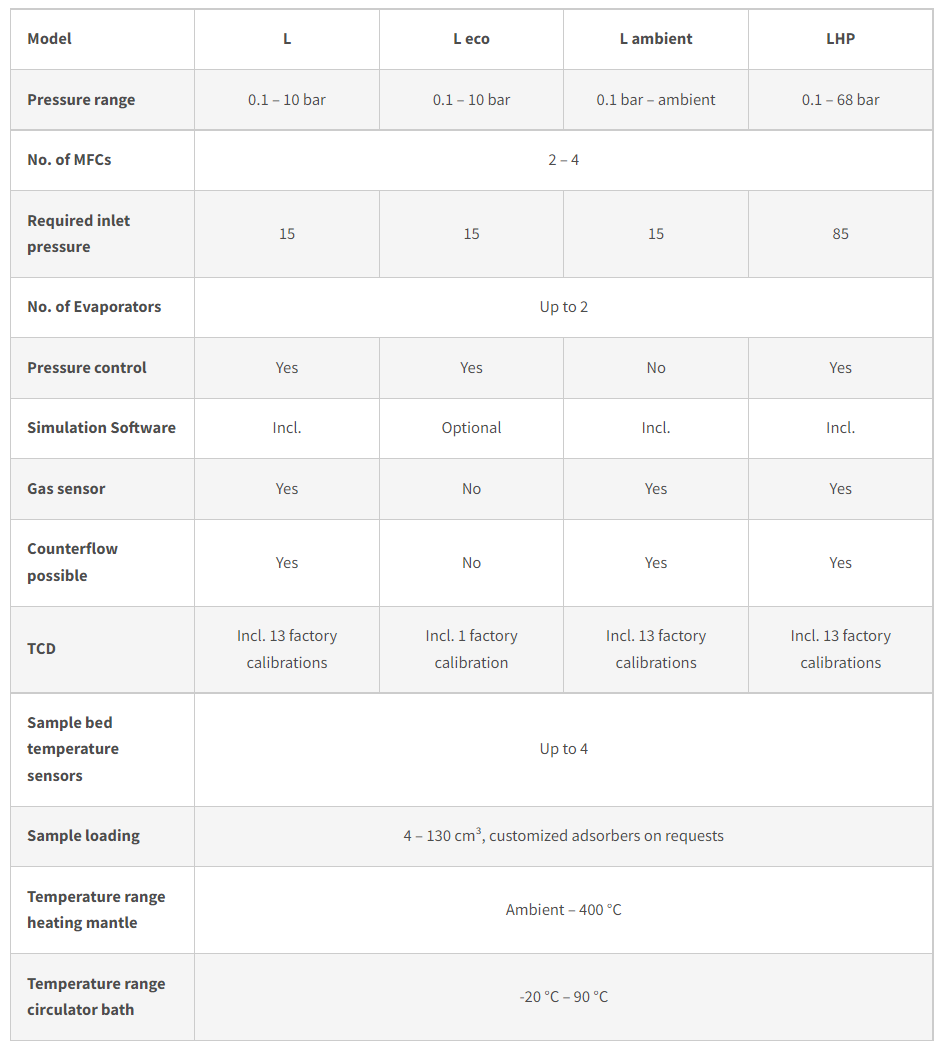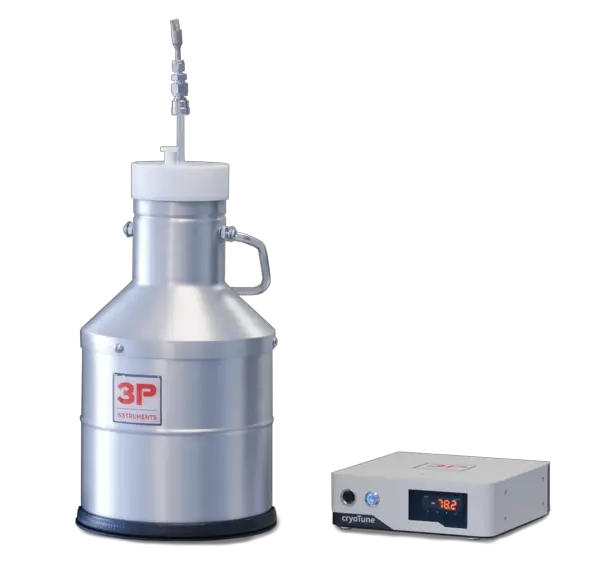|
Functions
|
Parameter
|
BeNano 180 Zeta Pro
|
BeNano 180 Zeta
|
BeNano 90 Zeta
|
BeNano Zeta
|
BeNano 180 Pro
|
BeNano 180
|
BeNano 90
|
|
Size
measurement
|
Size
measurement range
|
0.3 nm – 15 μm*
|
0.3 nm – 10 μm*
|
0.3 nm – 15 μm*
|
N/A
|
0.3 nm – 15 μm*
|
0.3 nm -10 μm*
|
0.3 nm – 15 μm*
|
|
Sample volume
|
3 μL – 1 mL*
|
40 μL – 1 mL*
|
3 μL – 1 mL*
|
N/A
|
3 μL – 1 mL*
|
40 μL – 1 mL*
|
3 μL – 1 mL*
|
|
Detection angle
|
90° & 173° & 12°
|
173° & 12°
|
90° & 12°
|
N/A
|
90° & 173°
|
173°
|
90°
|
|
Analysis algorithm
|
Cumulants, General Mode,
CONTIN
|
Cumulants, General Mode,
CONTIN
|
Cumulants, General Mode,
CONTIN
|
N/A
|
Cumulants, General Mode,
CONTIN
|
Cumulants, General Mode,
CONTIN
|
Cumulants, General Mode,
CONTIN
|
|
Upper limit of
concentration range
|
40% w/v*
|
40% w/v*
|
Optically clear+
|
N/A
|
40% w/v*
|
40% w/v*
|
Optically clear†
|
|
Detection position
|
Movable position
0.4 – 5 mm
|
Movable position
0.4 – 5 mm
|
Fixed position
5 mm
|
N/A
|
Movable position
0.4 – 5 mm
|
Movable position
0.4 – 5 mm
|
Fixed position
5 mm
|
|
Zeta potential
measurement
|
Detection angle
|
12°
|
12°
|
12°
|
12°
|
N/A
|
N/A
|
N/A
|
|
Zeta potential
measurement range
|
No actual limitation
|
No actual limitation
|
No actual limitation
|
No actual limitation
|
N/A
|
N/A
|
N/A
|
|
Electrophoretic mobility
|
> ± 20 μm·cm/V·s
|
> ± 20 μm·cm/V·s
|
> ± 20 μm·cm/V·s
|
> ± 20 μm·cm/V·s
|
N/A
|
N/A
|
N/A
|
|
Conductivity
|
0 – 260 mS/cm
|
0 – 260 mS/cm
|
0 – 260 mS/cm
|
0 – 260 mS/cm
|
N/A
|
N/A
|
N/A
|
|
Sample volume
|
0.75 – 1 mL
|
0.75 – 1 mL
|
0.75 – 1 mL
|
0.75 – 1 mL
|
N/A
|
N/A
|
N/A
|
|
Sample size
|
2 nm – 110 μm
|
2 nm – 110 μm
|
2 nm – 110 μm
|
2 nm – 110 μm
|
N/A
|
N/A
|
N/A
|
|
Other
measurements
|
Molecular weight
(Mw)
|
342 Da – 2 x 107 Da* |
342 Da – 2 x 107 Da* |
342 Da – 2 x 107 Da*
|
N/A
|
342 Da – 2 x 107 Da*
|
342 Da – 2 x 107 Da*
|
342 Da – 2 x 107 Da*
|
|
Viscosity
|
0.01 cp – 100 cp*
|
0.01 cp – 100 cp*
|
0.01 cp – 100 cp*
|
N/A
|
0.01 cp – 100 cp*
|
0.01 cp – 100 cp*
|
0.01 cp – 100 cp*
|
|
Interaction parameter
KD
|
No actual limitation
|
No actual limitation
|
No actual limitation
|
N/A
|
No actual limitation
|
No actual limitation
|
No actual limitation
|
|
Trend measurement
|
Time and temperature
|
Time and temperature
|
Time and temperature
|
Time and temperature
|
Time and temperature
|
Time and temperature
|
Time and temperature
|
|
System
parameters
|
Temperature
control range
|
-15℃ – 110℃,
±0.1℃
|
-15℃ – 110℃,
±0.1℃
|
-15℃ – 110℃,
±0.1℃ |
-15℃ – 110℃,
±0.1℃
|
-15℃ – 110℃,
±0.1℃
|
-15℃ – 110℃,
±0.1℃
|
-15℃ – 110℃,
±0.1℃
|
|
Condensation control
|
Dry air or nitrogen
|
Dry air or nitrogen
|
Dry air or nitrogen
|
Dry air or nitrogen
|
Dry air or nitrogen
|
Dry air or nitrogen
|
Dry air or nitrogen
|
|
Laser source
|
50 mW Solid-state laser, 671 nm#, Class 1
|
50 mW Solid-state laser, 671 nm#, Class 1
|
50 mW Solid-state laser, 671 nm#, Class 1
|
50 mW Solid-state laser, 671 nm#, Class 1
|
50 mW Solid-state laser, 671 nm#, Class 1
|
50 mW Solid-state laser, 671 nm#, Class 1
|
50 mW Solid-state laser, 671 nm#, Class 1
|
|
Correlator
|
Up to 4000 channels,
1011 linear
dynamic range
|
Up to 4000 channels,
1011 linear
dynamic range
|
Up to 4000 channels,
1011 linear
dynamic range
|
Up to 4000 channels,
1011 linear
dynamic range
|
Up to 4000 channels,
1011 linear
dynamic range
|
Up to 4000 channels,
1011 linear
dynamic range
|
Up to 4000 channels,
1011 linear
dynamic range
|
|
Detector
|
Avalanche photodiode
(APD)
|
Avalanche photodiode
(APD)
|
Avalanche photodiode
(APD)
|
Avalanche photodiode
(APD)
|
Avalanche photodiode
(APD)
|
Avalanche photodiode
(APD)
|
Avalanche photodiode
(APD)
|
|
Intensity control
|
0.0001% – 100%,
manual or automatic
|
0.0001% – 100%,
manual or automatic
|
0.0001% – 100%,
manual or automatic
|
0.0001% – 100%,
manual or automatic
|
0.0001% – 100%,
manual or automatic
|
0.0001% – 100%,
manual or automatic
|
0.0001% – 100%,
manual or automatic
|
|
Dimensions
(L x W x H)
|
62.5 x 40 x 24.5 cm
(22 kg)
|
62.5 x 40 x 24.5 cm
(22 kg)
|
62.5 x 40 x 24.5 cm
(22 kg)
|
62.5 x 40 x 24.5 cm
(22 kg)
|
62.5 x 40 x 24.5 cm
(22 kg)
|
62.5 x 40 x 24.5 cm
(22 kg)
|
62.5 x 40 x 24.5 cm
(22 kg)
|
|
Power supply
|
AC 100-240 V,
50-60 Hz, 4A
|
AC 100-240 V,
50-60 Hz, 4A
|
AC 100-240 V,
50-60 Hz, 4A
|
AC 100-240 V,
50-60 Hz, 4A
|
AC 100-240 V,
50-60 Hz, 4A
|
AC 100-240 V,
50-60 Hz, 4A
|
AC 100-240 V,
50-60 Hz, 4A
|
|
Conformity
to standards
|
21 CFR Part 11, ISO 13321, ISO 22412, ISO 13099
|
21 CFR Part 11, ISO 13321, ISO 22412, ISO 13099
|
21 CFR Part 11, ISO 13321, ISO 22412, ISO 13099
|
21 CFR Part 11, ISO 13321, ISO 22412, ISO 13099
|
21 CFR Part 11, ISO 13321, ISO 22412, ISO 13099
|
21 CFR Part 11, ISO 13321, ISO 22412, ISO 13099
|
21 CFR Part 11, ISO 13321, ISO 22412, ISO 13099
|
|
Optional Accessories
|
Disposable
micro-volume cuvette
|
40 – 50 μL
|
40 – 50 μL
|
40 – 50 μL
|
N/A
|
40 – 50 μL
|
40 – 50 μL
|
40 – 50 μL
|
|
Micro-volume
glass cuvette
|
25 μL
|
N/A
|
25 μL
|
N/A
|
25 μL
|
N/A
|
25 μL
|
|
Glass cuvette
with round opening
|
1 mL
|
1 mL
|
1 mL
|
N/A
|
1 mL
|
1 mL
|
1 mL
|
|
Capillary sizing cell
|
3 – 5 μL
|
N/A
|
3 – 5 μL
|
N/A
|
3 – 5 μL
|
N/A
|
3 – 5 μL
|
|
Dip cell kit
|
1 – 1.5 mL,
zeta potential measurement
for organic-based samples
|
1 – 1.5 mL,
zeta potential measurement
for organic-based samples
|
1 – 1.5 mL,
zeta potential measurement
for organic-based samples
|
1 – 1.5 mL,
zeta potential measurement
for organic-based samples
|
N/A
|
N/A
|
N/A
|
|
* Dependent on samples and accessories
† Up to 40% w/v using capillary sizing cell
# 10mW 633nm He-Ne laser available on request
|










































































